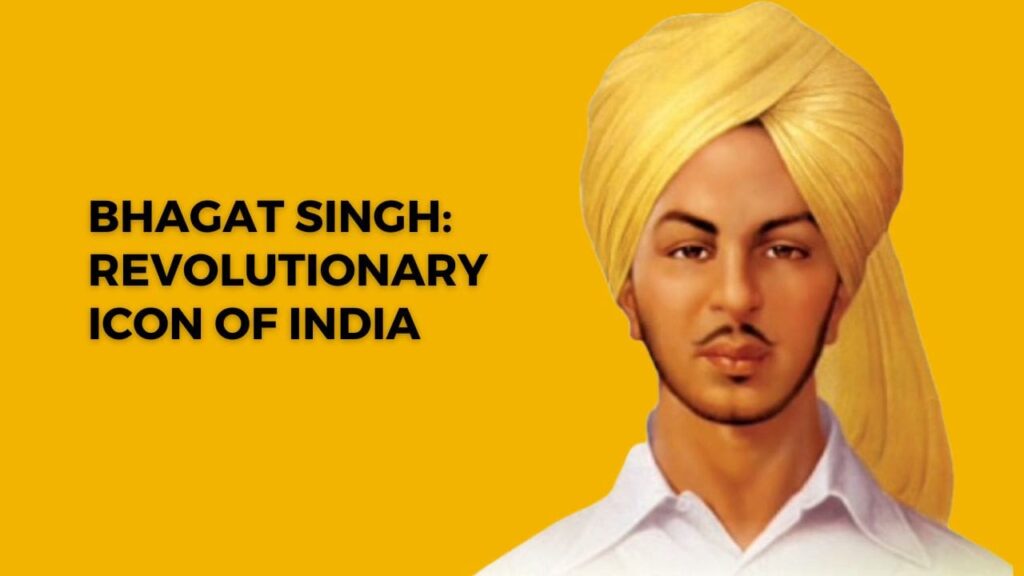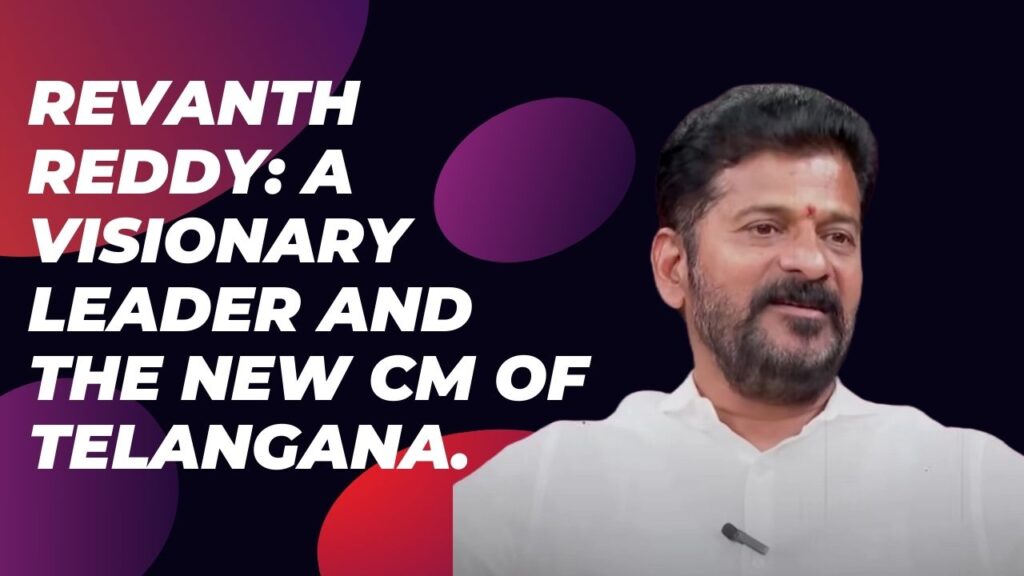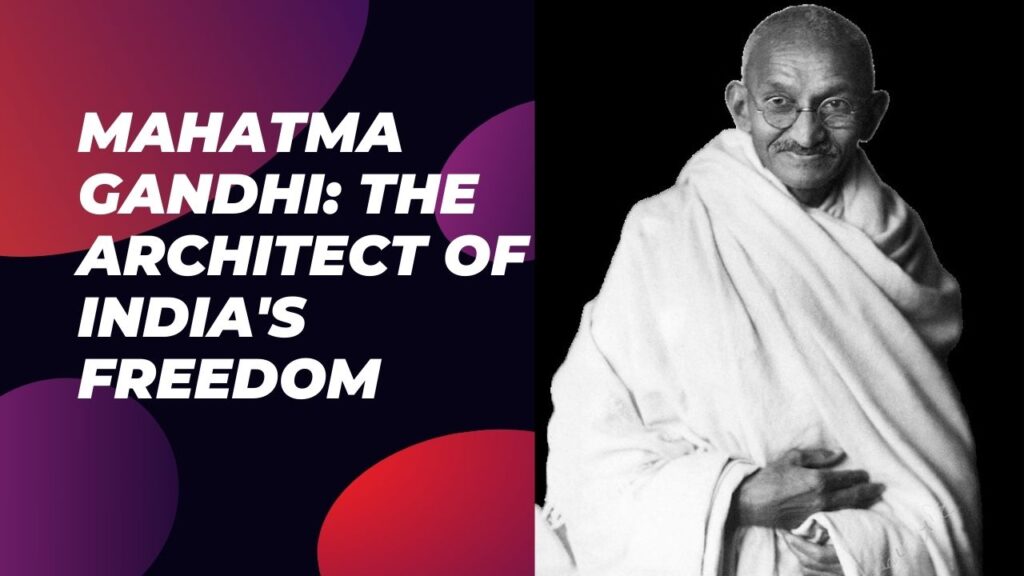Introduction about Bhagat Singh:
Let us step back into the pages of India’s history and discover the heroic life of Bhagat Singh. He was a revolutionary whose spirit and sacrifice left an everlasting mark on the Indian nation. This blog post dives into the life, ideals, and enduring legacy of Bhagat Singh.

Description:
Bhagat Singh was born on September 28th, 1907. He was a fearless freedom fighter who stood against British colonial rule. His uncompromising commitment to the cause of independence and his daring acts of protest included the famous Lahore conspiracy case. This made him an immortal symbol of India’s struggle for freedom.
FAQs About Bhagat Singh:
When and where was he born?
He was born on September 28th, 1907. His place of birth was Banga, Punjab, British India.
What was his early life like?
He grew up in a patriotic environment and was influenced by stories of bravery and sacrifice from his family. This fostered a deep sense of nationalism.
What was his educational background?
He studied at the National College in Lahore. Here he was exposed to revolutionary ideas that formed his perspective on India’s independence.
Who were his parents?
His parents were Kishan Singh and Vidyavati.
Did he have any siblings?
He had two younger brothers. They were Kultar Singh and Rajinder Singh.
Did he have a spouse or children?
He was unmarried and did not have any children.
At what age did he begin his struggle for India’s freedom?
He actively participated in the freedom struggle in his late teens and become a prominent figure by the early 1920s.
Apart from his role in the freedom movement, did he have other interests?
He was an avid reader and had great interest in literature, philosophy, and history.
What jobs did he do before he became a revolutionary?
Before joining the freedom movement, he briefly worked as a clerk in an organization.
What was his role in the Hindustan Socialist Republican Association (HSRA)?
He was a prominent member of HSRA and contributed to its revolutionary activities and objectives.
What inspired him to join the freedom struggle?
The killings of Jallianwala Bagh and the unjust murder of Lala Lajpat Rai deeply influenced him. These events fueled his resolve to fight against British oppression.
Kakori Conspiracy, Activism, Assembly Bombing, HSRA, Violent Struggle.
What was the significance of the Kakori Conspiracy Case in his life?
The Kakori Conspiracy Case influenced and inspired him, showcasing the daring spirit of other revolutionaries like Ram Prasad Bismil.
What motivated him to embrace a life of activism and sacrifice?
A fervent desire for India’s freedom and justice became his inner drive. This over powering emotion led him to commit himself to revolutionary activities.
What was the role of Bhagat Singh in the Central Legislative Assembly bombing in 1929?
Bhagat Singh and Batukeshwar Dutt executed the bombing to protest against repressive laws. They surrendered and used the trial as a platform for nationalist propaganda.
Why did he refuse to seek mercy during his trial?
He saw seeking mercy as a betrayal of his principles. His refusal reflected his commitment to the freedom struggle, even in the face of death.
What was the aim of the Hindustan Socialist Republican Association (HSRA), of which he was a member?
HSRA aimed to overthrow British rule through revolutionary activism and establish a socialist republic in India.
How did his death impact the Indian independence movement?
His martyrdom galvanized the entire nation. It intensified the demand for independence. His sacrifice became a rallying point for a culturally diverse country of India.
What role did he play in the publication of the newspaper “Kirti”?
He wrote for and edited the Punjabi newspaper “Kirti” using it as a platform to share revolutionary ideas.
Did he advocate non-violence in the freedom struggle?
While he was influenced by Gandhi, Bhagat Singh firmly believed in the use of force when necessary. He argued for a more assertive approach against British oppression.
Bhagat Singh – Revolutionary Work, Murder Trial, Principles And Hanging.
What were some of the key activities in which he involved himself during the freedom struggle?
He was involved in protests against the Simon Commission. Furthermore, he actively campaigned against repressive laws and policies.
Was he part of the murder conspiracy and trial related to Lala Lajpat Rai’s death?
He played a key role in planning the avenging activities against James A. Scott, the police officer responsible for Lala Lajpat Rai’s death.
How did he view India’s freedom struggle, and what were his ideological principles?
Bhagat Singh believed in assertive methods to achieve freedom. He favoured the use of force when necessary. Socialist and nationalist ideologies inspired him.
Did he collaborate with other freedom fighters during his revolutionary activities?
He collaborated with other freedom fighters, including Chandrashekhar Azad, Rajguru, and Sukhdev, in pursuit of India’s independence.
How long was he sentenced to jail, and what was his experience during imprisonment?
He spent several years in jail and faced harsh conditions. He went on hunger strikes to protest against inhumane treatment and improve the conditions in British controlled prison.
Was he hanged, and at what age did he face execution?
Bhagat Singh was hanged on March 23, 1931 along with Rajguru and Sukhdev, in Lahore Central Jail. He was 23 at the time of his martyrdom.
Memoirs, Family’s Role, Simon Commission, Swaraj And Legacy.
Did he write an autobiography or memoir?
He did not write an autobiography. His letters, articles, and speeches provide insights into his thoughts and ideals.
How did his family contribute to the post-independence era?
His family continued to contribute to social causes and commemorating his legacy post-independence.
Did Bhagat Singh have any specific views on communal harmony within the freedom movement?
He was committed to secularism, transcending religious barriers to foster unity within the diverse country.
What role did he play in the protests against the Simon Commission?
He participated in protests against the Simon Commission. He advocated for Indian representation and opposed the commission’s all-white panel.
How did his ideas align with the concept of Swaraj (self-rule)?
Bhagat Singh’s ideas aligned with the concept of Swaraj. He emphasized the need self-rule and the eradication of foreign imperialism.
How does his legacy continue to resonate in contemporary India?
His legacy remains a source of inspiration and symbolizes the courage to stand against injustice. The Indian nation and its people have always looked up to Bhagat Singh for his supreme sacrifice.
Conclusion:
Bhagat Singh‘s life and sacrifice are an integral part of India’s freedom struggle. His fearless commitment to justice, equality, and freedom reverberates through the pages of Indian history. He was and continues to remain a source of great inspiration for future generations. Dear friends, you can read some of our other articles from the “Home” page on our website. Our articles are available in more than 20 different languages.


